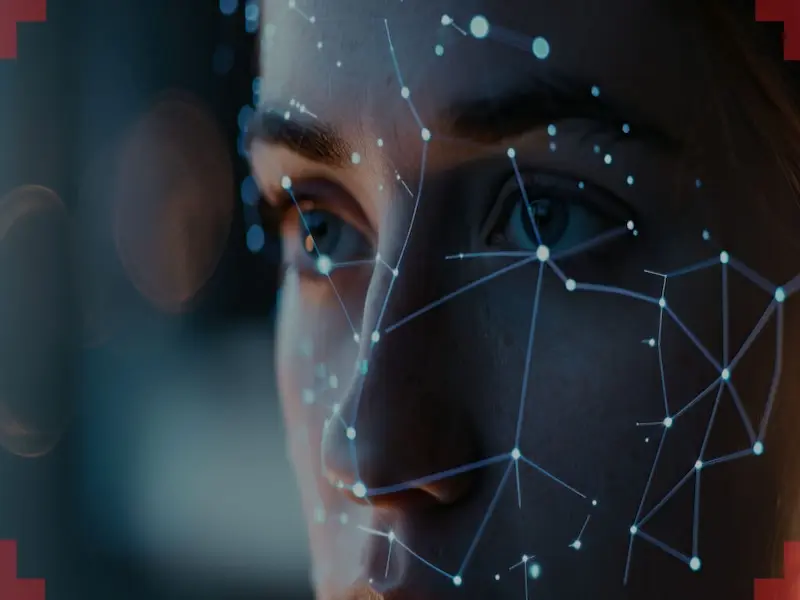- Pattern recognition is a data analysis technique that employs machine learning algorithms to classify input data into predefined categories based on identified patterns, features, or regularities.
- It is widely used in various fields, including astronomy, medicine, robotics, and satellite remote sensing, to detect and interpret patterns in complex datasets.
1. Statistical pattern recognition
This pattern recognition approach utilises historical statistical data to learn from patterns and examples. It involves collecting and processing observations to develop a model. This model generalises from the observed data and applies learned rules to new datasets or examples.
2. Syntactic pattern recognition
Syntactic pattern recognition deals with complex patterns identified through a hierarchical approach. It focuses on how primitives, such as letters in a word, interact to form larger structures. For instance, it examines how letters combine to create words and sentences. By analysing these interactions, syntactic pattern recognition develops grammatical rules that guide the interpretation of future sentences.
Also read: 3 differences between machine learning and deep learning for neural networks
3. Neural pattern recognition
This method employs artificial neural networks (ANNs) to learn from complex and non-linear input/output relationships, adapt to data, and detect patterns. Among various ANN approaches, the feed-forward method is the most popular and effective. In this method, learning occurs through feedback to input patterns, akin to how humans learn from past experiences and mistakes. Due to the substantial computing resources required, the ANN-based model is considered one of the most costly pattern recognition methods compared to others.
Also read: Is AI and machine learning the future of research?
4. Template matching
Template matching is one of the simplest pattern recognition methods, where the similarity between entities is assessed by comparing a sample with a reference template. This approach is commonly used in digital image processing, where portions of an image are matched against stored template images. Practical applications of template matching include medical image processing, face recognition, and robot navigation.
5. Fuzzy-based approach
In the fuzzy approach to pattern recognition, patterns are grouped based on the similarity of their features, rather than on strict boundaries. This method allows for classification within a feature space even when patterns have overlapping or ambiguous characteristics. Unlike precise algorithms, which may struggle to identify objects accurately due to their inherent complexity, the fuzzy approach uses the notion of partial membership to classify data based on a range of similar features. This technique is useful in scenarios where exact identification is challenging, similar to how the human visual system sometimes struggles to recognise components despite prolonged scanning.
6. Hybrid approach
A hybrid approach in pattern recognition combines multiple methods to leverage their respective strengths. By employing various classifiers, each trained on different feature spaces, this approach enhances pattern detection accuracy. The system integrates the results from all classifiers to form a comprehensive conclusion. This method maximises the benefits of individual techniques, making it robust against diverse data and complex patterns, and is often used to improve performance in challenging pattern recognition tasks.

